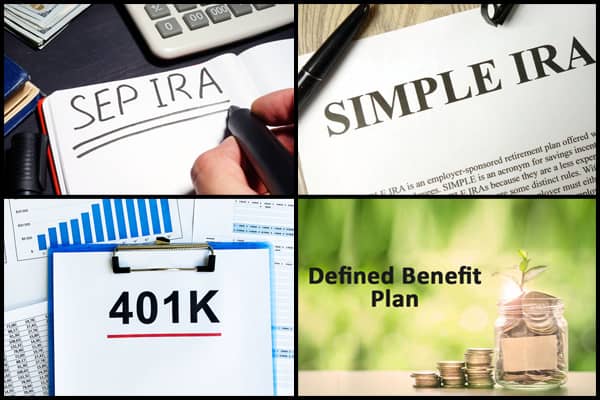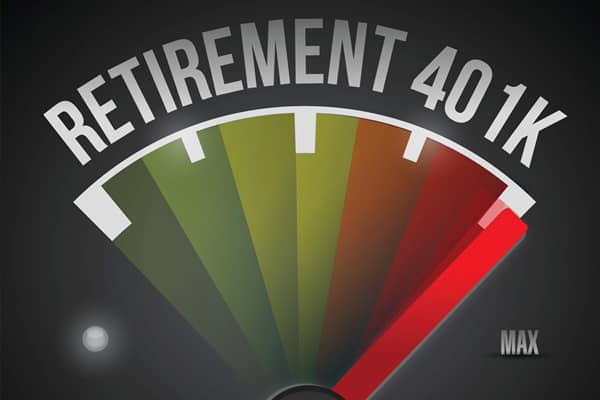4500 S. Lakeshore Dr.
Suite 342 Tempe AZ 85282
Mon - Fri 8:00 - 5:00
Saturday and Sunday closed
(480) 699-5540
Call Us Today
Suite 342 Tempe AZ 85282
Saturday and Sunday closed
Call Us Today
One of the most difficult challenges business owners face is how to turn years of hard work into tangible wealth. Building a “successful” business takes a lot of time and investment. It takes about four years for businesses to become profitable. Even then, the business owner is the one doing most of the operational work. The business can’t be considered truly “successful” until the owner is able to offload the bulk of the operational duties to other employees. For most businesses this doesn’t occur until about the tenth year of opening the doors.
The #1 key to building a truly successful business is being able to attract talented employees who can help grow the business and deliver a quality product or service to customers.
Every business owner should want to get to this point and a company retirement plan can help them get there. But this is not the only reason a company should offer a retirement plan to its employees.

A Company Retirement Plan Can Be Designed To Meet The Business Owner’s Other Planning Objectives:

Are you considering adding a retirement plan to your employee benefits package?
Here are some reasons why it could make a lot of sense for both the employer and the employees:



There are four main plan types available to employers looking to offer a new plan to their employee group.
Each is unique and has its own set of features and benefits.
The Self Employed Pension (SEP) Plan is an arrangement where the employer makes a pre-tax contribution to all eligible employees (including the business owner). The employer is able to determine what qualifies an employee to be eligible to participate in the plan. A contribution formula is determined ahead of time and must be followed on a consistent basis. All contributions are made by the company and so the business receives a tax deduction for all contributions. The maximum contribution is $69,000 per employee (as of 2024). The plan is easy to set up and easy to maintain. Each participant has his or her own separate IRA account and is responsible for their own investment choices. Because the IRS does not require any special compliance forms to be filed at the end of the year there is no need for the employer to employ the services of an outside accountant.


The SIMPLE IRA is similar to the 401(k) Plan in terms of how it functions but with a few key differences. First, the SIMPLE IRA is only available to employers with 100 or fewer employees. Employees make pre-tax contributions on a salary-deferral basis. As of 2024 the annual salary deferral limit is $16,000 (plus an additional $3,500 if over 50). The employer must provide a 100% matching contribution up to 3% of the employee’s salary. Although the SIMPLE IRA is similar to the 401(k), the record-keeping requirements are significantly less. Each employee has their own IRA account and they are responsible for their own investment choices. Because this plan is a salary-reduction plan, the employer must process the contributions through a formal payroll system.

The 2024 salary deferral limit is $23,000 (plus an additional $7,500 if over 50). The employer MAY provide a matching contribution, but is not obligated to do so. A very common matching amount is 100% match up to 3% of the employee’s salary. The maximum matching contribution formula is 100% match up to 6% of the employee’s salary. The large contribution limits allow eligible participants to defer nothing, a small amount, or a large amount each and every year. The choice is theirs.

The maximum allowable contributions for a Defined Benefit Plan are much higher than a 401(k) plan because fairly conservative estimates must be used in determining a participant’s future pension amount. In some cases the contribution for one employee could be more than $150,000/year!

Getting started is easy. The first step is to let us know how we can help you. Just fill out the simple contact form below and we will be in touch with you right away – or just call us at 480-699-5540.

Larson Wealth Management is an independent Registered Investment Advisor (RIA).